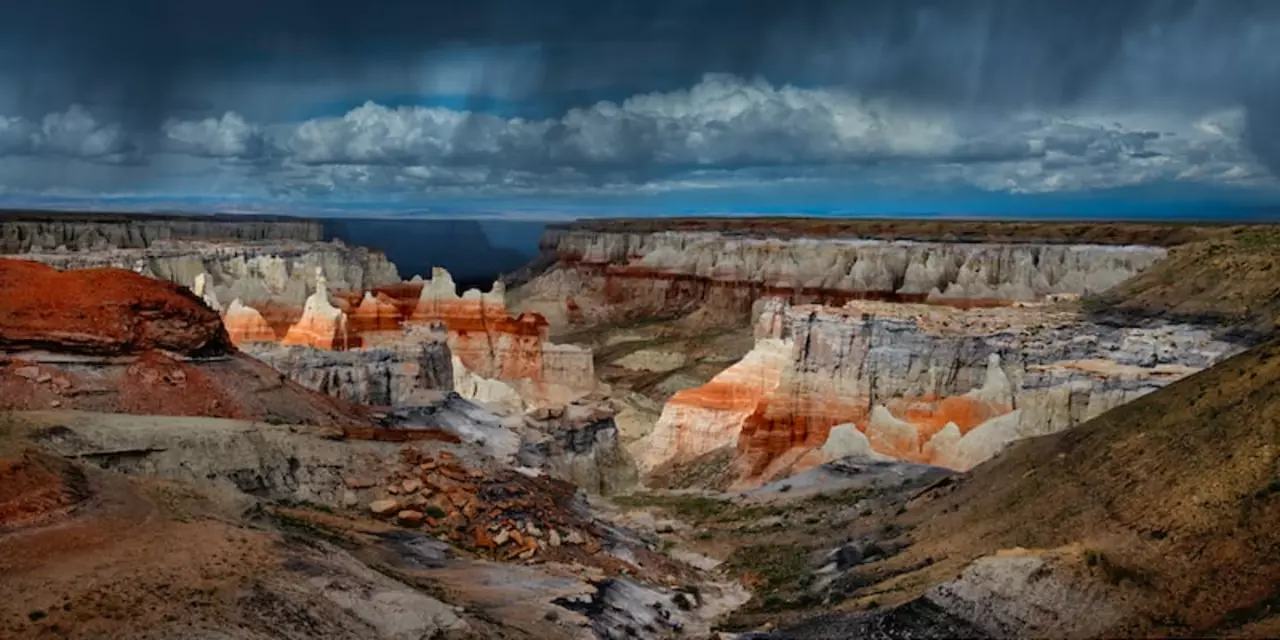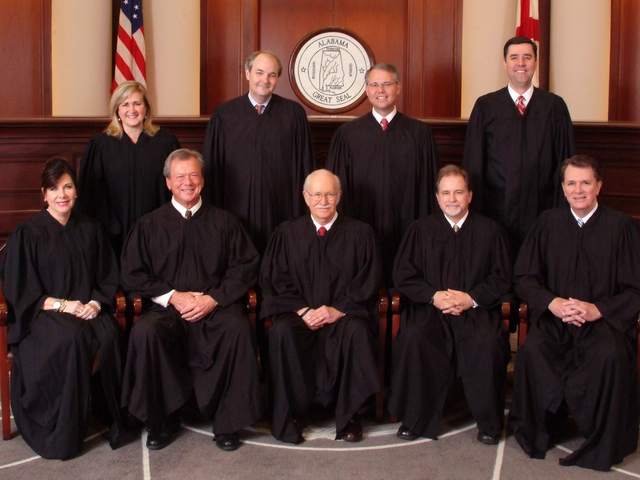What are some benefits of living in India?
July 19 2023Native American Issues: What's Happening on Indian Reservations Today
When you think about the United States, the image of bustling cities often comes to mind, but a huge part of the story lives on Indian reservations. These lands are home to millions of Native people, yet they grapple with challenges that many of us barely notice. Let’s break down the biggest issues right now and look at how Indigenous communities are fighting back.
Poverty and Unemployment Hold Back Growth
Money problems on reservations are more than just a statistic. Many families survive on income far below the national average, and job opportunities are scarce. Without solid funding for businesses or infrastructure, it’s tough for anyone to get ahead. The lack of reliable transportation makes it even harder to reach jobs outside the reservation, creating a cycle that’s hard to break.
Health Care Gaps and COVID‑19 Impact
Access to health services is a daily struggle. Many reservations have only a small clinic, and the nearest hospital can be dozens of miles away. This shortage became painfully clear during the COVID‑19 pandemic, when infection rates spiked faster than in surrounding areas. Limited internet and telehealth options left many without the care they needed, widening the health disparity gap.
Beyond physical health, mental health resources are thin. Suicide rates among Native youth are among the highest in the country, a crisis that stems from historical trauma, isolation, and limited support networks.
Police Brutality and Legal Concerns
Law enforcement on reservations is a complex mix of tribal police and federal agencies. That mix often leads to confusion and, unfortunately, instances of excessive force. Many Native people feel unsafe when interacting with police, and cases of violence rarely get the attention they deserve. The legal gray area—where tribal, state, and federal laws overlap—makes it difficult to hold offenders accountable.
Recent protests have shown that communities won’t stay silent. Tribal leaders are demanding clearer jurisdiction rules and better training for officers who serve reservation lands.
Education and Cultural Revival
Schools on reservations are underfunded, which means larger class sizes and fewer resources. Yet education is a powerful tool for change. Many tribes are introducing language immersion programs to keep Indigenous languages alive, while also pushing for curricula that reflect their history and culture.
When Native kids see their heritage celebrated in the classroom, dropout rates start to drop. Parents and elders are also stepping in, volunteering as mentors and sharing traditional knowledge that textbooks often miss.
Hopeful Initiatives and Community Strength
Despite the bleak statistics, there’s a surge of grassroots projects aimed at turning things around. Renewable energy farms are sprouting on reservation land, creating jobs and clean power. Some tribes are launching their own broadband networks, closing the digital divide and opening doors to online education and remote work.
Legal battles are also gaining ground. The recent Supreme Court ruling that affirmed tribal sovereignty over certain natural resources is a win that could pave the way for more economic independence.
All of this shows that while the challenges are real, the resolve of Native communities is even stronger. By staying informed and supporting these initiatives, we can help amplify the voices that deserve to be heard.
 1 Mar
1 Mar
What's going on in Indian reservations?
This article discusses the current state of Indian reservations in the United States. It explains that poverty, unemployment, and limited access to healthcare are issues that plague many reservations, due to a lack of resources and government funding. In addition, Native Americans are disproportionately affected by police brutality and violence. Despite this, there is still hope for the future, as Native Americans are fighting for change and recognition through a variety of initiatives. They are also challenging old stereotypes and advocating for better education for their children. Overall, this article paints a picture of a difficult present, but also one with optimism for the future.
Read More...



